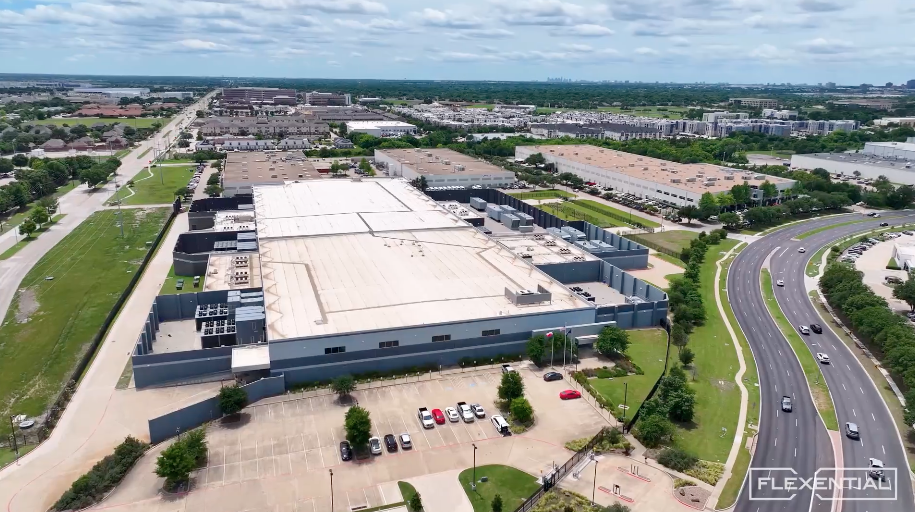What is a mesh interconnection network?
A mesh interconnection network is a simpler, more flexible network that supports greater application capacity by connecting data centers together to alleviate common scalability and reliability issues in multiple-site deployments.

In a mesh interconnection network, each device in the network sends its own signals and information. Each device or node on the network is connected to the others, and this connection allows information to be relayed across the network from any node without delay or failure. This structure is known as a 'mesh architecture' which facilitates efficient communication.
Definition and characteristics
A mesh interconnection network is a sophisticated network architecture where each device, or node, is interconnected with every other node, forming a fully connected mesh network. This intricate mesh topology ensures that data has multiple paths to travel between nodes, significantly enhancing the network’s reliability and fault tolerance. In such a mesh network, each node actively participates in relaying information, allowing data to be routed through any other connected site. This feature provides an extra layer of security and ensures continuous operation even if one node fails.
Mesh networks are distinguished by their robust mesh topology, where each node maintains connections with multiple other nodes. This interconnectedness allows for seamless data relay across the network, minimizing delays and preventing failures. The inherent redundancy of mesh networks means that even in the event of a communication link failure, the network remains operational, maintaining its integrity and performance. This fault-tolerant nature makes mesh interconnection networks a reliable choice for critical applications where uninterrupted connectivity is paramount.
Mesh networks provide redundancy in the event of a communication link failure by enabling data to be routed through any other site connected to the network, providing an extra layer of security in case of a problem or error. In such a mesh network, each node actively participates in relaying information, allowing data to be routed through any other connected site. This is achieved through 'point-to-point connections' between nodes. Even if one node fails, the entire network can continue functioning.
Types of mesh interconnection networks
There are two types of mesh interconnection networks to be aware of — partial and full mesh networks. Even with few nodes, these networks can maintain functionality and efficiently route data.
In a partial mesh network, some of the systems in the network are connected as a mesh topology while other devices only connect to two or three other devices in the system.
In a full mesh network, every device across the network is connected to all other devices in the system.
Advantages of mesh interconnection networks: Fault tolerance
Mesh interconnection networks offer several advantages. Data-oriented organizations use mesh interconnection networks with built-in redundancy to reduce latency and secure faster growth benefits with high-availability connections. These networks are cost-effective as they provide fast and flexible communication without the need for expensive fixed base stations. Key advantages include—
- Increased scalability
- Enhanced robustness
- Provides more security and privacy protection
- Fastest paths and effective load balancing of information in the network
- Every connection is able to carry its own data load
- Network redundancy with the best possibility that the network is always available
Disadvantages of mesh interconnection networks
There are, however, downsides to mesh interconnection networks as well. For example, a common barrier is the noticeable upfront cost required for mesh networks. Key disadvantages include—
- Higher cost
- Greater administrative overhead
- Difficult installation and configuration
- Bulk communication links required to implement
Challenges and considerations
While mesh interconnection networks offer numerous advantages, including high reliability and fault tolerance, they also present several challenges and considerations. One of the primary challenges is the higher cost associated with implementing a mesh network. Since each node must be connected to every other node, the initial investment can be substantial, particularly for large-scale networks.
Another significant consideration is the complexity involved in installing and maintaining a mesh network. The multiple connections between nodes can lead to network congestion and potential security vulnerabilities. Additionally, scaling a mesh network can be challenging, as new nodes must be integrated into the existing network by establishing connections with all other nodes. This process can be time-consuming and technically demanding.
Despite these challenges, the benefits of mesh interconnection networks often outweigh the costs, especially in high-availability applications. With careful planning and implementation, mesh networks can provide a highly reliable and fault-tolerant network architecture that meets the demands of even the most rigorous applications. By addressing the higher cost, complexity, and scalability issues, organizations can leverage the strengths of mesh networks to achieve robust and resilient connectivity.
Examples of mesh interconnection networks
Examples of mesh interconnection networks are increasingly found in many growing sectors, from industrial to advertising to public sectors and beyond. The evolution of mesh topologies has led to their widespread adoption in various applications. As the Internet of Things expands, this adoption of mesh interconnection networks will likely continue to increase as well. The following applications are examples of modern mesh interconnect architecture used today:
- Public Service Communications
- Broadband Wireless Access
- Military Communications
- Security Systems
- Medical Monitoring
- Environmental Monitoring
How Flexential Interconnection Mesh works
By leveraging the scale and robustness of mesh interconnect networks, Flexential can future-proof multi-site connections and colocation deployments. For growing organizations, this means simplified network connectivity and built-in redundancy that supports any-to-any types of connection.
This process is streamlined so that organizations can manage and scale their connectivity needs at a moment's notice. Flexential Interconnection Mesh helps them stay ahead of the evolving requirements of a rapidly changing digital landscape.
Reduce complexity and streamline your data center interconnection strategy for multi-site deployments. Read more about Flexential Interconnection Mesh, or contact us to learn more.




